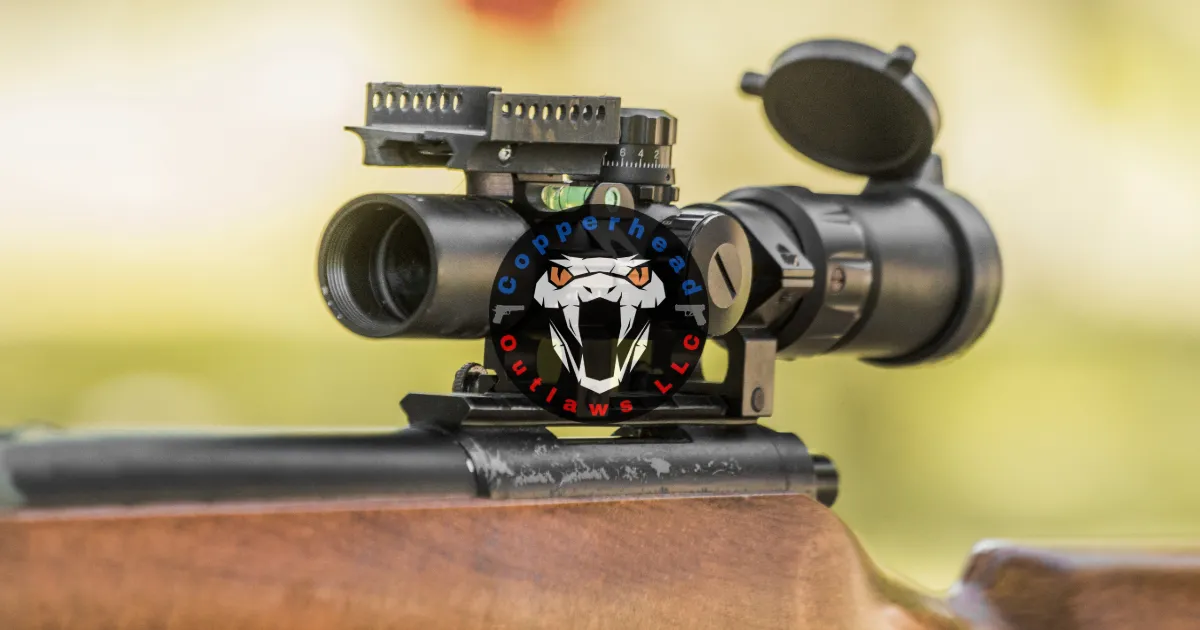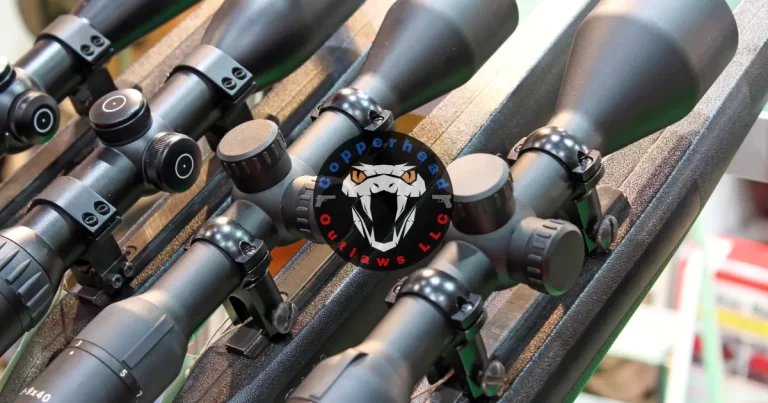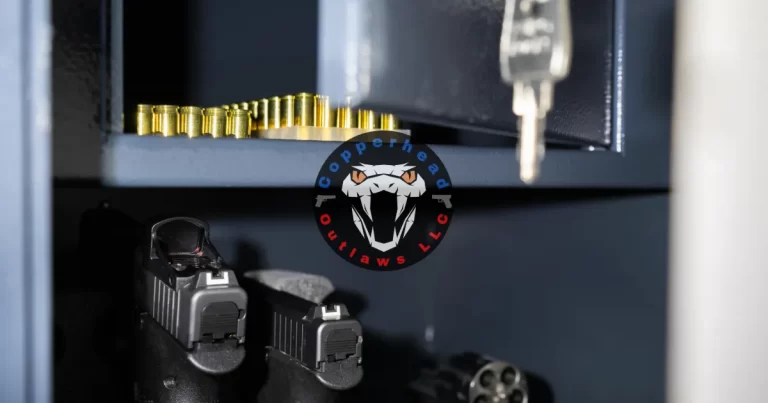Types of Rifle Scopes and When to Use Them
Choosing the right optic can make all the difference in your accuracy and comfort at the range or in the field. There are several types of rifle scopes, and each one has a purpose. In this post, we’ll walk through the main types of rifle scopes and help you figure out when to use each one.
Understanding the different types of rifle scopes will help you shoot better and make smarter decisions when buying gear. If you haven’t already, please see the first part of our rifle scope series Understanding Rifle Scopes: A Beginner’s Guide.
Standard Eye Relief Scopes
This is the most common type of rifle scope. These scopes are found on everything from .22 rifles to long-range precision setups. Standard eye relief means your eye should be about 2 to 4 inches from the scope to see clearly.
These scopes usually offer adjustable magnification, like 3-9x or 4-12x, and work well for:
- Target shooting
- Hunting
- General-purpose rifles
They offer good clarity and are easy to find in just about any price range. Most scopes you see on shelves today fall into this category.
Long Eye Relief Scopes
Long eye relief scopes allow you to position your eye farther back from the optic, usually 6 to 10 inches. This extra space gives you a few benefits:
- Safer to use with heavy recoil rifles
- Better for scout rifles with forward mounting
- Great for handguns and compact firearms
These scopes are also known as scout scopes, and they became popular thanks to Colonel Jeff Cooper. They give shooters more situational awareness and are easier to use when moving through the brush or shooting from odd positions.
If you’re shooting a revolver, hunting with a lever-action, or mounting your scope forward on the barrel, a long eye relief scope is a solid choice.
Red Dot Sights
Red dot sights aren’t like traditional scopes. They’re electronic or fiber-optic sights that project a dot or reticle on the lens. These sights don’t usually magnify your view but offer fast and easy target acquisition.
Benefits of red dots include:
- Unlimited eye relief
- Use with both eyes open
- Excellent in low light or fast-paced situations
- Very compact and lightweight
Red dot sights shine in close-range or tactical scenarios. They’re often found on:
- Home defense rifles
- AR platforms
- Shotguns
- Handguns
Some models allow you to adjust the brightness or change the color of the dot. Higher-end models might use tritium or solar power in addition to batteries, giving you more reliability in an emergency.
Red dot sights are a favorite for shooters who need to get on target quickly without losing awareness of what’s around them.
Tactical Scopes
Tactical scopes are usually low magnification or fixed power, designed for speed and awareness more than precision. Many are designed to be used with both eyes open or have a wide field of view. They help shooters stay aware of their surroundings while still providing aiming support.
Tactical scopes are also popular with civilian shooters who train for personal defense or competition. Their quick-sight capabilities make them well-suited for home defense, action shooting sports, or lawfully carried rifles.
Military and law enforcement rifles often use low-power variable optics (LPVOs), such as 1-4x or 1-6x. These let the shooter zoom in slightly without losing too much awareness.
Tactical scopes are best for:
- Close to mid-range engagements
- Fast-paced training or competitions
- Patrol or duty rifles
Hunting Scopes
Hunting scopes vary depending on the type of game and the environment. If you’re in thick woods, you’ll want a low-power scope for quicker target acquisition. If you’re in wide-open fields, a higher-power scope will help you make accurate long-range shots.
Typical hunting scope features:
- Adjustable magnification
- Good light-gathering objective lens
- Reliable reticle with clear markings
Examples:
- For coyote or predator hunting at dusk: a scope with a large objective lens and light-enhancing coatings
- For rabbit hunting with a pistol: a red dot for faster target tracking
- For deer hunting in mixed terrain: a 3-9x scope with solid eye relief
Your choice should match the distance, lighting, and size of the target you’re after.
Competition Optics
Action Shooting
In action shooting sports like 3-gun or tactical matches, you need speed more than magnification. Most shooters choose either a red dot sight or a low-power variable optic (LPVO). These optics let you switch from close-range to mid-range targets quickly.
Key features:
- Fast reticle acquisition
- Bright image
- Wide field of view
- Durability under movement and stress
If you’re moving, switching targets, or competing under a timer, these scopes are ideal.
Long-Range Competition
Long-range shooting demands a different kind of optic. These scopes have high magnification, often from 6x up to 24x or more. A clear image, strong reticle, and precise adjustment turrets are critical.
Best used for:
- Precision shooting at long distances
- Benchrest competition
- Long-range hunting or varmint control
Look for scopes with a large objective lens to gather light and scopes with ballistic reticles or turrets that allow fine adjustments for wind and elevation.
Just for Plinking
If your goal is to spend a fun afternoon shooting steel plates or soda cans, you don’t need a fancy optic. A simple fixed-power scope or basic red dot works great.
Plinking optics often include:
- 4x fixed scopes
- Compact red dots
- Budget-friendly models
They help you enjoy your time at the range without spending extra money on features you don’t need.
Choosing Based on Use
Understanding the different types of rifle scopes helps you match your gear to your purpose. Here’s a quick summary:
- Standard scopes: All-around use
- Long eye relief scopes: Handguns, scout rifles, high recoil
- Red dots: Speed and awareness in close range
- Tactical scopes: Duty use and fast target switching
- Hunting scopes: Distance, lighting, and terrain matter
- Competition scopes: Built for precision or speed
- Plinking optics: Simple and fun
Whatever optic you choose, make sure you’re also familiar with your state’s laws regarding home defense and firearm use. Your setup should support fast target identification and confident, lawful decision-making.
No matter what optic you choose, always pair it with safe firearm handling practices, proper training, and an understanding of your local laws.




